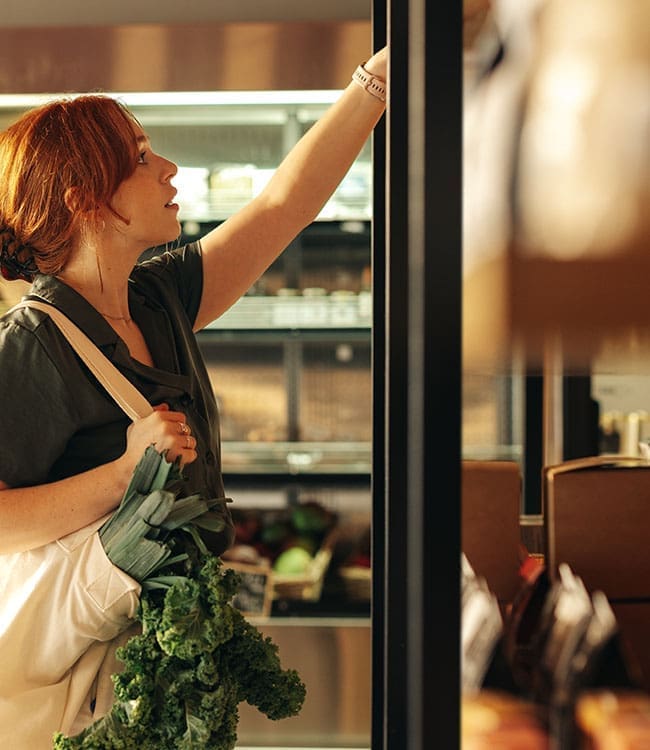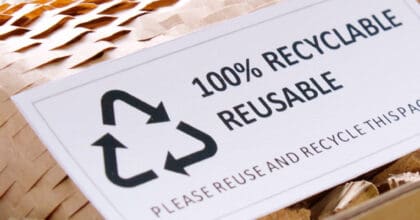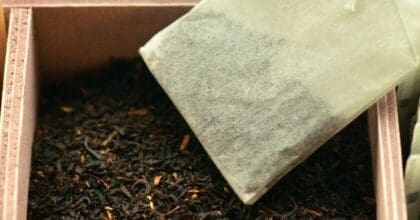At this year’s Food ingredients Europe (FiE), Mintel will present a look at the future of the clean label trend. Here, we share a primer of what is driving the clean label phenomenon and how it will evolve in the future.
Many consumers around the world lack trust in regulatory systems, manufacturers, and even their fellow humans. This compounds a preexisting wariness about food and drink because of product recalls, scandals, and suspicion about large companies.
This has forced manufacturers to clean up ingredients lists in order to meet the demand for more natural and less processed products. For consumers, clean label attributes can include buying products with ingredients they recognize, products free from artificial ingredients, or even foods that have been minimally processed. Natural and organic claims can also be part of a clean label product’s identity.
While clean label is a term that is not formally defined, in general, clean label refers to products made with ingredients that are familiar to consumers, including ingredients they can recognize and pronounce. For some, these products are perceived as more natural and better-for-you.
Joining the “bannedwagon”
As consumers are asking more questions about how their food is made, brands are reacting. In the US, Panera Bread has announced that its entire menu is now free from all artificial flavors, preservatives, sweeteners, and colors. Meanwhile in Belgium, food retailer Colruyt has launched Product Finder, a digital platform that offers in-depth information about products, enables customers to use filters to quickly find Colruyt own-brand products, and provides answers to questions about ingredients, nutritional value, and sustainability. Retailers are also getting in on the actions, with supermarkets in the Netherlands set to introduce a sticker that labels meat “antibiotic free”.
Given that information about the supply chain is now readily made available by more producers and is more accessible by interested consumers, ingredient sourcing will become more important to highlight in the coming years. Brands can link to local or domestic supply or production as a way to reassure to patriotic shoppers, while other consumers are more focused on buying products that come from the most trustworthy, purist, or ethical origins.
Where next?
The core identity of a clean label product has remained the same in recent years; however, clean label products are evolving to include more information about how and where products were made, in order to strengthen the association of clean label products with real food.
Looking forward, products will need to satisfy a greater number of requirements to meet consumers’ and regulators’ demands as expectations for clean labels evolve.
Today’s savvy consumer is part skeptic, part sleuth. And the necessity for brands to be transparent has never been higher. This next wave of clean label challenges manufacturers and retailers to democratize transparency and traceability so that products are accessible to all consumers, regardless of household income.
Clean Label at FiE
Clean label’ will be presented in depth by Stephanie Mattucci, Global Food Science Analyst at Mintel.
At the Discovery Centre:
Wednesday 29th November 14.30 – 15.00 Add to calendar
Daily presentations at the Mintel stand #0R81 – Hall 8:
Tuesday 28th November 15.30 – 15.45 Add to calendar
Wednesday 29th November 15.30 – 15.45 Add to calendar
Thursday 30th November 15.30 – 15.45 Add to calendar








































